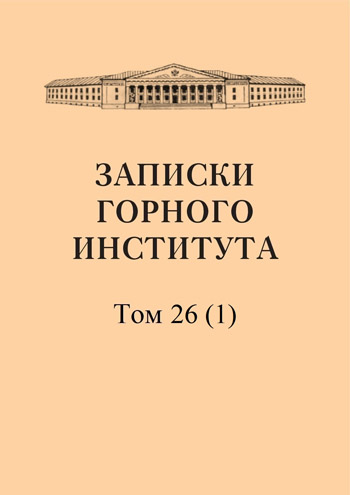Forecast of water breakthroughs from the soil of mine workings
Abstract
The development of brown coal deposits in the Moscow Basin is associated with serious difficulties caused by the instability of the host rocks and their high water content. Water content is the cause of peculiar phenomena called breakthroughs. A breakthrough is the release of water or quicksand into mine workings. According to their location and origin, breakthroughs can be divided into two types: 1) breakthroughs from the soil and 2) breakthroughs from the roof. The nature and mechanics of the phenomenon of breakthroughs from the soil and roof are different. A breakthrough from the roof can occur in all cases when, during a roof collapse in a development working or a stope, the above-coal aquifer falls into the collapse zone, regardless of whether it is confined or unconfined. The presence of confined water increases the intensity of the breakthrough and makes it more dangerous in its consequences. For a breakthrough from the floor of a mine working to occur, the presence of a subcoal aquifer is necessary, but still not a sufficient condition. A breakthrough can occur only when the subcoal waters have a pressure that exceeds the level of the workings' soil and are separated from the latter by a low-power impermeable layer. The mechanism of a breakthrough from the soil is reduced to the destruction of the subcoal clay layer that blocks the access of the subcoal aquifer waters to the preparatory or treatment workings. The main active force that destroys the thickness of subcoal clays is the hydrostatic pressure of the subcoal waters.
